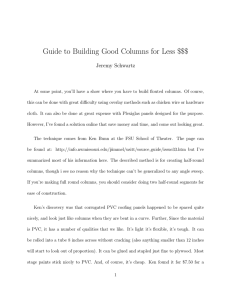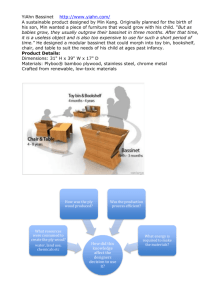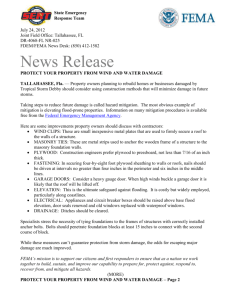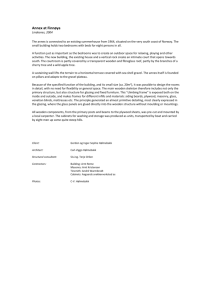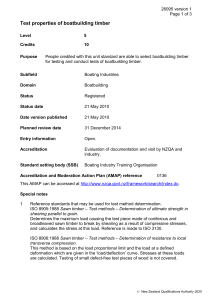I used 2 sheets of 1/2" marine grade plywood
advertisement
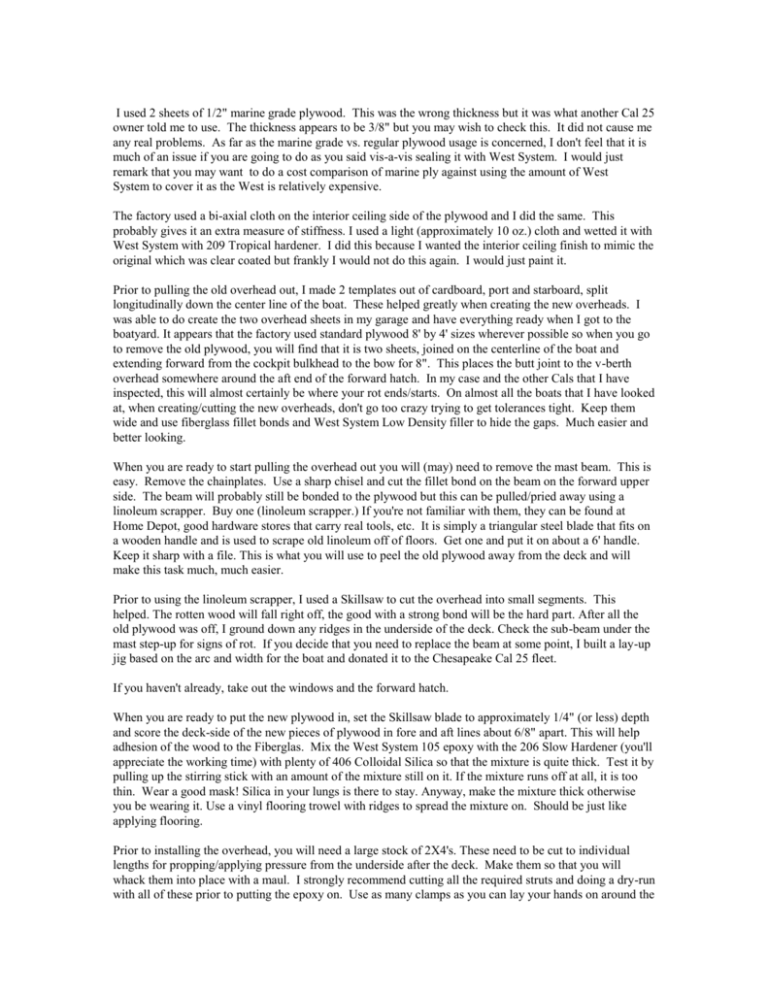
I used 2 sheets of 1/2" marine grade plywood. This was the wrong thickness but it was what another Cal 25 owner told me to use. The thickness appears to be 3/8" but you may wish to check this. It did not cause me any real problems. As far as the marine grade vs. regular plywood usage is concerned, I don't feel that it is much of an issue if you are going to do as you said vis-a-vis sealing it with West System. I would just remark that you may want to do a cost comparison of marine ply against using the amount of West System to cover it as the West is relatively expensive. The factory used a bi-axial cloth on the interior ceiling side of the plywood and I did the same. This probably gives it an extra measure of stiffness. I used a light (approximately 10 oz.) cloth and wetted it with West System with 209 Tropical hardener. I did this because I wanted the interior ceiling finish to mimic the original which was clear coated but frankly I would not do this again. I would just paint it. Prior to pulling the old overhead out, I made 2 templates out of cardboard, port and starboard, split longitudinally down the center line of the boat. These helped greatly when creating the new overheads. I was able to do create the two overhead sheets in my garage and have everything ready when I got to the boatyard. It appears that the factory used standard plywood 8' by 4' sizes wherever possible so when you go to remove the old plywood, you will find that it is two sheets, joined on the centerline of the boat and extending forward from the cockpit bulkhead to the bow for 8". This places the butt joint to the v-berth overhead somewhere around the aft end of the forward hatch. In my case and the other Cals that I have inspected, this will almost certainly be where your rot ends/starts. On almost all the boats that I have looked at, when creating/cutting the new overheads, don't go too crazy trying to get tolerances tight. Keep them wide and use fiberglass fillet bonds and West System Low Density filler to hide the gaps. Much easier and better looking. When you are ready to start pulling the overhead out you will (may) need to remove the mast beam. This is easy. Remove the chainplates. Use a sharp chisel and cut the fillet bond on the beam on the forward upper side. The beam will probably still be bonded to the plywood but this can be pulled/pried away using a linoleum scrapper. Buy one (linoleum scrapper.) If you're not familiar with them, they can be found at Home Depot, good hardware stores that carry real tools, etc. It is simply a triangular steel blade that fits on a wooden handle and is used to scrape old linoleum off of floors. Get one and put it on about a 6' handle. Keep it sharp with a file. This is what you will use to peel the old plywood away from the deck and will make this task much, much easier. Prior to using the linoleum scrapper, I used a Skillsaw to cut the overhead into small segments. This helped. The rotten wood will fall right off, the good with a strong bond will be the hard part. After all the old plywood was off, I ground down any ridges in the underside of the deck. Check the sub-beam under the mast step-up for signs of rot. If you decide that you need to replace the beam at some point, I built a lay-up jig based on the arc and width for the boat and donated it to the Chesapeake Cal 25 fleet. If you haven't already, take out the windows and the forward hatch. When you are ready to put the new plywood in, set the Skillsaw blade to approximately 1/4" (or less) depth and score the deck-side of the new pieces of plywood in fore and aft lines about 6/8" apart. This will help adhesion of the wood to the Fiberglas. Mix the West System 105 epoxy with the 206 Slow Hardener (you'll appreciate the working time) with plenty of 406 Colloidal Silica so that the mixture is quite thick. Test it by pulling up the stirring stick with an amount of the mixture still on it. If the mixture runs off at all, it is too thin. Wear a good mask! Silica in your lungs is there to stay. Anyway, make the mixture thick otherwise you be wearing it. Use a vinyl flooring trowel with ridges to spread the mixture on. Should be just like applying flooring. Prior to installing the overhead, you will need a large stock of 2X4's. These need to be cut to individual lengths for propping/applying pressure from the underside after the deck. Make them so that you will whack them into place with a maul. I strongly recommend cutting all the required struts and doing a dry-run with all of these prior to putting the epoxy on. Use as many clamps as you can lay your hands on around the windows and hatches. Tape plastic all over and around the interior of the boat because the epoxy is going to go everywhere. Cut square pieces of plastic to use where ever you clamp and/or prop to keep any excess epoxy from bonding your clamps to the overhead plywood. Get lots of rubber gloves. I got a couple of boxes of medical Exam Gloves at $5.00/box of 100. Much cheaper and better than those things that West Marine and West system sell for inflated prices... Anyway, when you are ready to glue everything into place, here's a tip for applying counter-pressure on the top of the deck. Obtain 4/6 large trashcans (30 gal?). Place them strategically on the deck and fill them with water. When you're done. just empty them over the side. I've seen people lug cinder blocks, bags of rocks, bags of sand onto the boat to get weight up there. I'm lazy... That's my version of doing the deck. The other way and the way that I was originally going to do it and still the best way is to take everything out of the boat, flip it upside-down and set it on two large sawhorses. Everything ends up being at waist-level. Anyway, that's another story. Good luck. Dave
